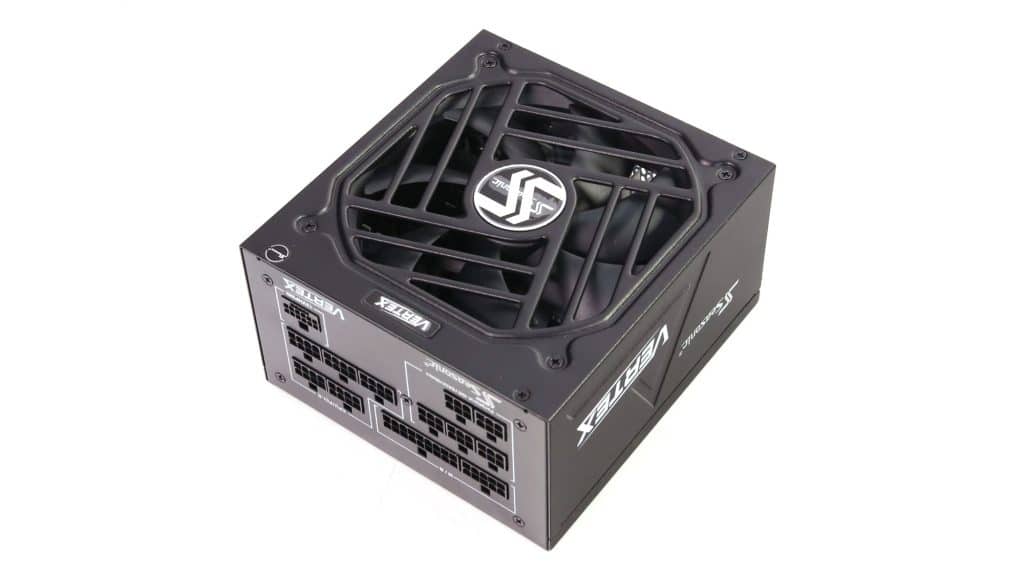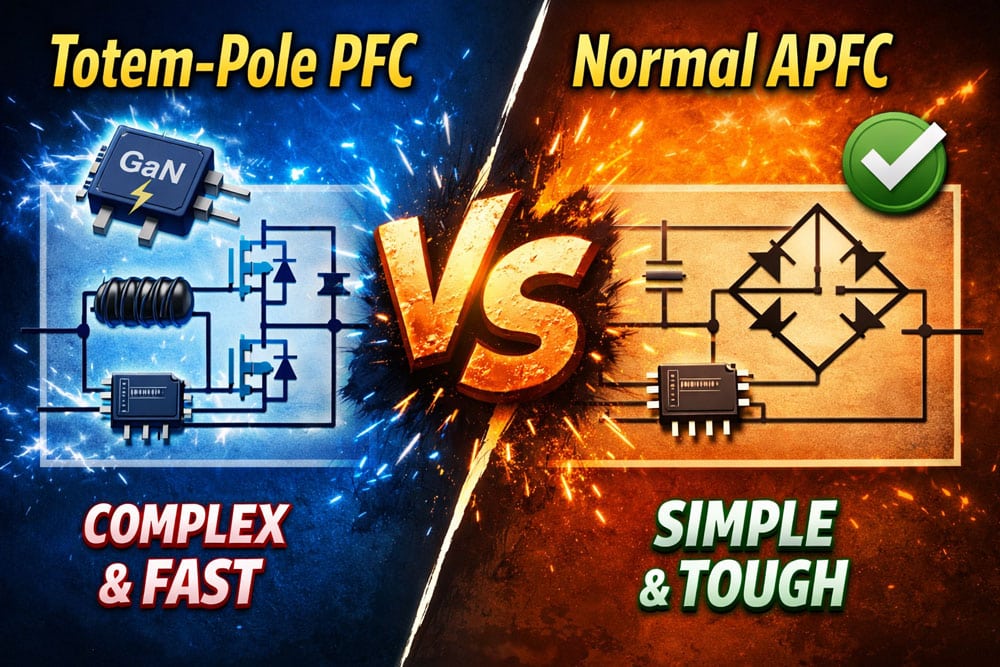Epilogue
The Seasonic Vertex PX-1000 is a build-quality unit with a price tag of $260, so normally, my expectations are high. Nonetheless, although the unit didn’t give me any trouble during testing, it still didn’t register a high overall score, achieving second and third place from the bottom in the relative performance charts. Why this happened? Let’s break down the unit’s performance to find out.
- Load regulation is within 1% on all major rails but still not competitive on all rails but 5V. What matters the most here is the 12V rail, where the competition is strong.
- Ripple suppression is good at 12V but not that good on the rest rails, especially if compared with similar spec units.
- The transient response at 12V, with normal loads, is mediocre, and the same goes for the 3.3V rail.
- Inrush currents are high at 230V.
- Efficiency is low at light loads.
- The average efficiency is not that high for this category’s standards (Platinum).
- The average power factor readings need boosting.
- Vampire power exceeds 0.1W at 230V.
Besides performance, the protection features are of immense importance, and in this section, I found issues that Seasonic has to solve. The over-current and over-power protection triggering points must be notably apart between hot and cold conditions. When the PSU operates under high temperatures, the stress is increased, so it has to shut down sooner in case of overload.
In general, the build quality is good, and the PSU meets all ATX v3.0 requirements. However, its price is high, and some users will wonder why Seasonic didn’t change the connector to 12V-2×6 to provide this unit with ATX v3.1 compatibility. Besides this change, which won’t affect the production cost, nothing else is required to meet the newest ATX spec, which is looser regarding hold-up time. I am unsure whether Seasonic will upgrade the Vertex PX line to ATX v3.1, but if you are wondering whether you should get an ATX v3.0 or a v3.1 PSU, read the following article:
Before investing in a new power supply, read my Best ATX v3.x PSUs article to check all alternative PSU offerings. You help me a lot by using my affiliate links, which don’t increase the product’s price. I get a commission from Amazon every time you do it, which can make a difference for me, especially now that I am on my own, working exclusively for my media and not for someone else.
- Delivered full power at 47°C
- Silent operation
- ATX v3.0 and PCIe 5.0 ready
- Good build quality
- Within 1% load regulation on the major rails
- Good ripple suppression at 12V
- Over 70% efficiency with a 2% load
- Efficient 5VSB rail
- Extended hold-up time
- Alternative Low Power Mode (ALPM) compatible
- FDB Fan
- Fully modular
- Many cables and connectors, including a high-power one (12+4 pin, 600W)
- Long enough distance (155mm) between the SATA connectors
- Not affordable
- Protection features need tuning for larger differences in the triggering points (OCP & OPP) between hot and cold conditions
- It could be ATX v3.1 compliant by just changing the 12VHPWR with a 12V-2×6 connector
- Mediocre transient response at 12V and 5V (normal loads)
- Not that high average efficiency for the Platinum category’s standards
- Efficiency needs boosting at light loads
- Average ripple suppression on the minor rails
- High inrush currents at 230V
- APFC converter needs tuning for higher PF readings
- Short distance between the 4-pin Molex connectors (120mm)




I think fsp 1000w ti is still cheaper in my country and performs much better than this psu. I expected more from seasonic tbh.
Disappointing results from Seasonic here particularly from a new line up they advertised them for so long per https://seasonic.com/news/sea-sonic-to-launch-new-vertex/ here.
Thanks for the review ! Appreciate the 115V/230V detail in the Noise output section
I have to admit, I am quite disappointed with this PSU.
I got the PX-1200 model and the Corsair SF1000 (in case I could not manage to fit the Seasonic one in my lian A3-matx), and so far the corsair has been superior despite the lower capacity and form factor. In fact, the corsair is much quieter under low/medium loads, and under high loads, I can only hear my GPU anyway.
Protection features are also quite disappointing with this Vertex series, and efficiency is just marginally higher than the gold certified version
To sum it up, the Corsair SF1000 has been, at least for me:
– quieter
– cheaper
– MUCH less bulky
– ATX 3.1 compliant